While often seen as harmless, nuisance birds can cause serious problems for homes and businesses across South Texas. Pigeons, starlings, sparrows, and grackles leave behind droppings that are not only unsightly but also highly corrosive, damaging roofs, siding, and equipment over time. Their nests clog gutters, vents, and chimneys, creating fire hazards and costly repairs. Even more concerning, bird droppings and feathers can contaminate food areas, trigger asthma, and spread diseases such as histoplasmosis and salmonella. Because these pests are persistent, effective control requires expert identification and humane removal. At LONESTAR Pest Solutions, our team locates nesting and roosting sites, identifies the species involved, and implements targeted strategies to keep your property safe, clean, and bird-free.
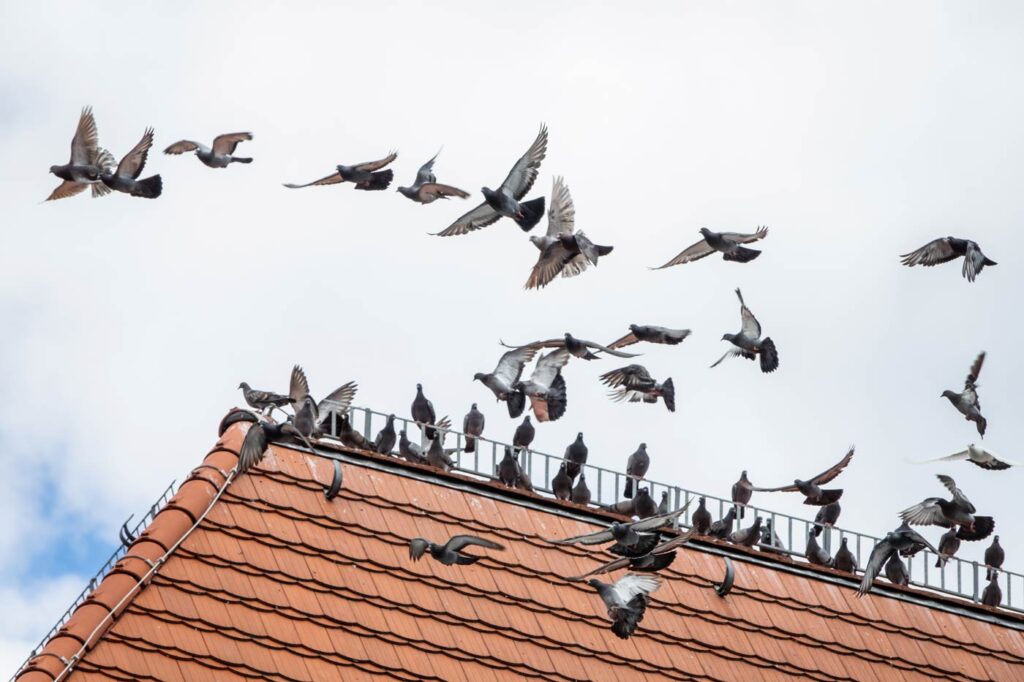
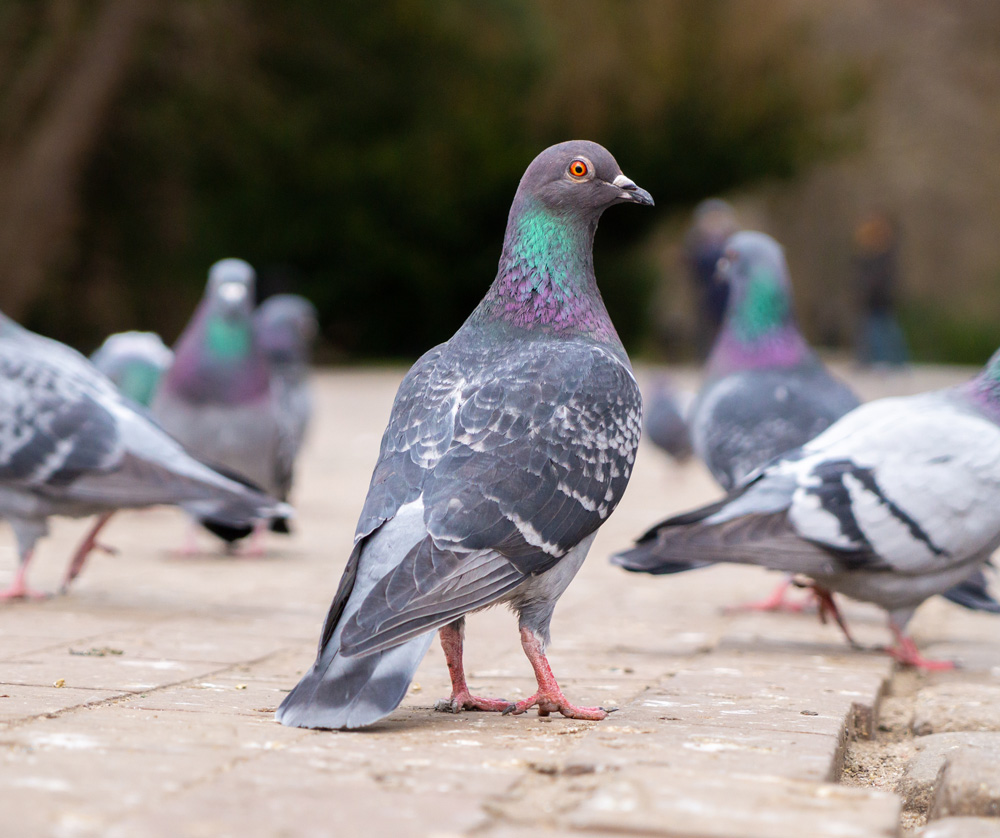
Often called “flying rats,” pigeons gather in large flocks and leave behind corrosive droppings that stain and damage roofs, ledges, and sidewalks. Their nests can clog gutters, vents, and drains, creating costly repairs.
Size, Color: About 11–14 inches long; gray with iridescent green and purple neck feathers.
Identifying Characteristics: Plump body, short legs, fan-shaped tail, and cooing calls.
Where does it nest/hide? Building ledges, roofs, attics, and under bridges or overhangs.
When does it typically reproduce? Year-round in warm areas; 6–8 broods per year.
What is it attracted to? Food scraps, open dumpsters, and sheltered nesting spots.
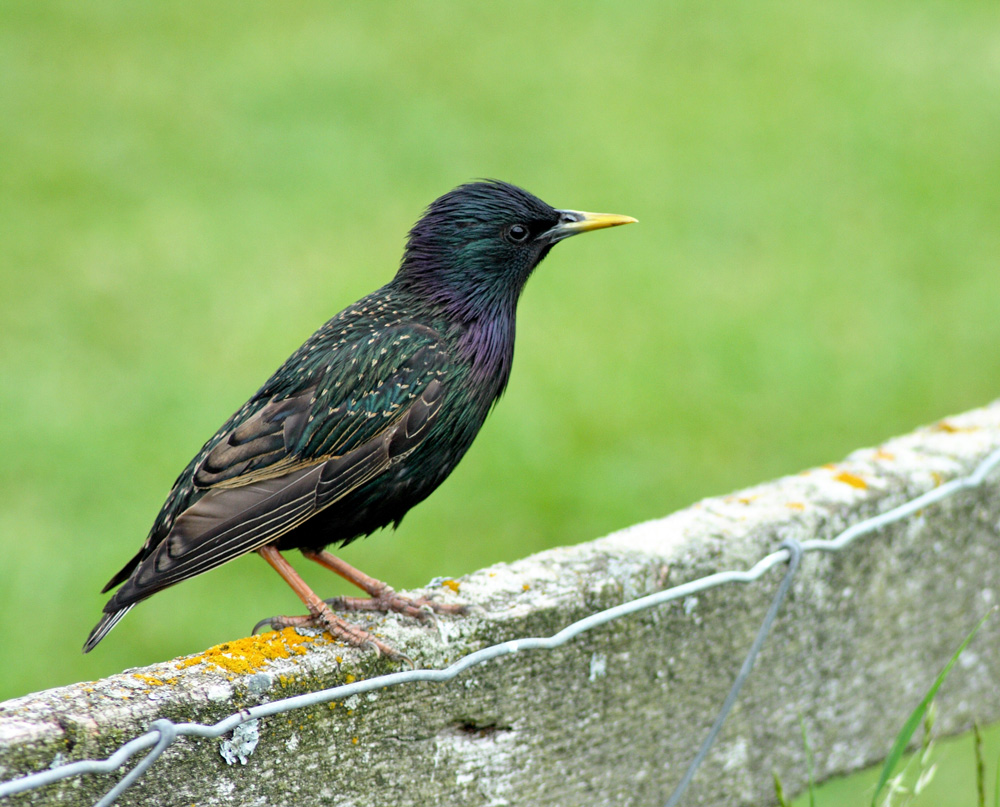
Starlings travel in large, noisy groups and are highly invasive. They are known to push out native birds and create unsanitary nesting conditions inside vents, attics, and soffits. Their droppings also carry disease and parasites.
Size, Color: About 8–9 inches long; glossy black with purple-green sheen and light speckles.
Identifying Characteristics: Short tail, pointed yellow beak, and triangular wings in flight.
Where does it nest/hide? Cavities in buildings, vents, and tree hollows.
When does it typically reproduce? Spring through early summer; up to two broods yearly.
What is it attracted to? Insects, fruit, grains, and nesting sites near human activity.
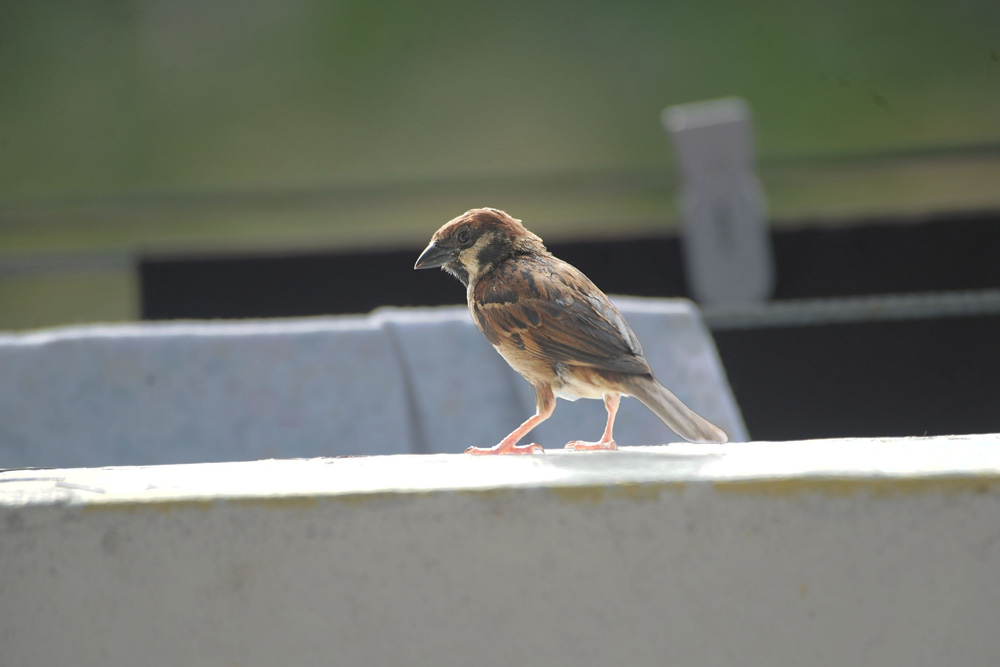
Small but persistent, sparrows frequently nest inside dryer vents, attics, and wall cavities. Their nests can block airflow, increase fire hazards, and attract mites or other parasites.
Size, Color: About 5–6 inches long; brown and gray with streaked backs and short tails.
Identifying Characteristics: Stocky body, conical beak, and chirping calls.
Where does it nest/hide? Eaves, vents, gutters, and building crevices.
When does it typically reproduce? Spring through late summer; 3–4 broods per season.
What is it attracted to? Seeds, crumbs, and sheltered nesting spaces near people.
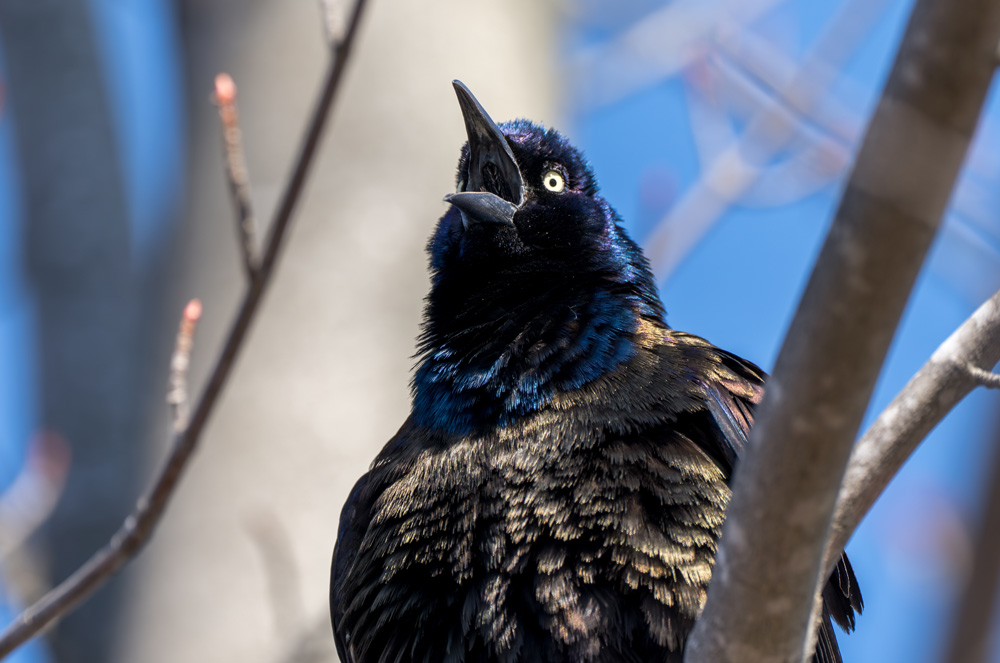
Grackles gather in huge numbers, especially in urban and suburban areas. Their loud calls, aggressive behavior, and excessive droppings quickly make properties unsanitary and unattractive.
Size, Color: About 11–13 inches long; glossy black or iridescent blue-purple sheen.
Identifying Characteristics: Long tail, yellow eyes, and harsh, metallic calls.
Where does it nest/hide? Trees, shrubs, and building ledges near food sources.
When does it typically reproduce? Early spring through midsummer; 1–2 broods per year.
What is it attracted to? Open trash bins, outdoor dining areas, and abundant food scraps.
Locate roosting and nesting sites
Identify bird species and infestation level
Assess structural vulnerabilities and access points
Install deterrents such as netting, spikes, or sound devices
Apply safe repellents where appropriate
Remove existing nests and clean droppings
Seal common entry points to prevent re-nesting
Provide recommendations to minimize attractants (like food or standing water)
Return for scheduled checks to ensure long-term prevention
Lorem ipsum dolor sit amet, mea ei viderer probatus consequuntur, sonet vocibus lobortis has ad. Eos erant indoctum an, dictas invidunt est ex, et sea consulatu torquatos. Nostro aperiam petentium eu nam, mel debet urbanitas ad, idque complectitur eu quo. An sea autem dolore dolores.
As food sources outside dwindle, birds begin to roost in larger numbers near homes and structures. Pigeons are especially likely to seek shelter on rooftops and ledges, while sparrows move deeper into vents and attics. Droppings and debris build-up can damage structures and create health hazards.
Our comprehensive pest inspection and prevention program focuses on early detection and elimination of conditions that attract unwanted pests. Through ongoing monitoring and tailored maintenance, we help ensure a safe, pest-free environment for your facilities year-round.
A proactive rodent management program reduces costly damage, contamination, and emergency callouts often associated with reactive treatments. By addressing potential issues early, LONESTAR Pest Solutions helps protect both your facilities and your budget through consistent, preventive care.
Our hassle-free scheduling and routine visits allow your team to stay focused on daily operations while we handle pest prevention behind the scenes. With reliable service you can count on, LONESTAR Pest Solutions ensures your facilities remain protected—without interruption or added effort on your part.
From effective elimination to long-term prevention, we provide more than just products — we provide peace of mind. Our professional-grade solutions are designed to target pests quickly and efficiently, while our certified experts are here to guide you every step of the way. With personalized guidance and the assurance of high-quality standards, you’ll have the confidence to take back control of your environment.
Great customer service with Team Theresa at the front desk & Cameron, my technician. They are a joy to work with. Theresa consistently like clock work schedules my appointments quarterly & timely. Cameron has done an incredible job going above & beyond maintaining my grandson’s sandbox outside – ant free! It is a such a relief. Never mind his meticulously attention to detail inside my home is much appreciated. Both Theresa & Cameron are a valuable asset to Lone Star Pest. Call them!
— Susie Gold
Lonestar does our quarterly pest control and we had to call for re-spray of our kitchen due to these 100 plus degree temperature days. They sent Eddie over right away and he was so helpful telling me to pick up dog food every day, plug drains daily, use vinegar solution for drains, and make sure they always spray an area of the custom cabinets that has a gap between the cabinets and wall. He was the best! Really educated me and was so patient and even funny as I stared wide eyed over his knowledge of all things cockroaches.
— Carolyn Wafford
Have used Lonestar for years for normal treatments inside and outside, but just recently used them for mosquito control prior to an outdoor graduation pool party. EXCELLENT RESULTS AND PHENOMENAL SERVICE! We had them do a general area fogging and then leave-behind portable remote controlled area “mister” — we haven’t seen a mosquito in two weeks!
— John Seamon
We have used Richard’s team for years. Recently we learned our neighbor’s had termites. We contacted Lone Star to learn about our options. The solution provided was better than solutions our neighbors suggested. In fact, we learned of several pitfalls that our neighbors might encounter (beyond higher cost over the long term).
— Timothy Smith